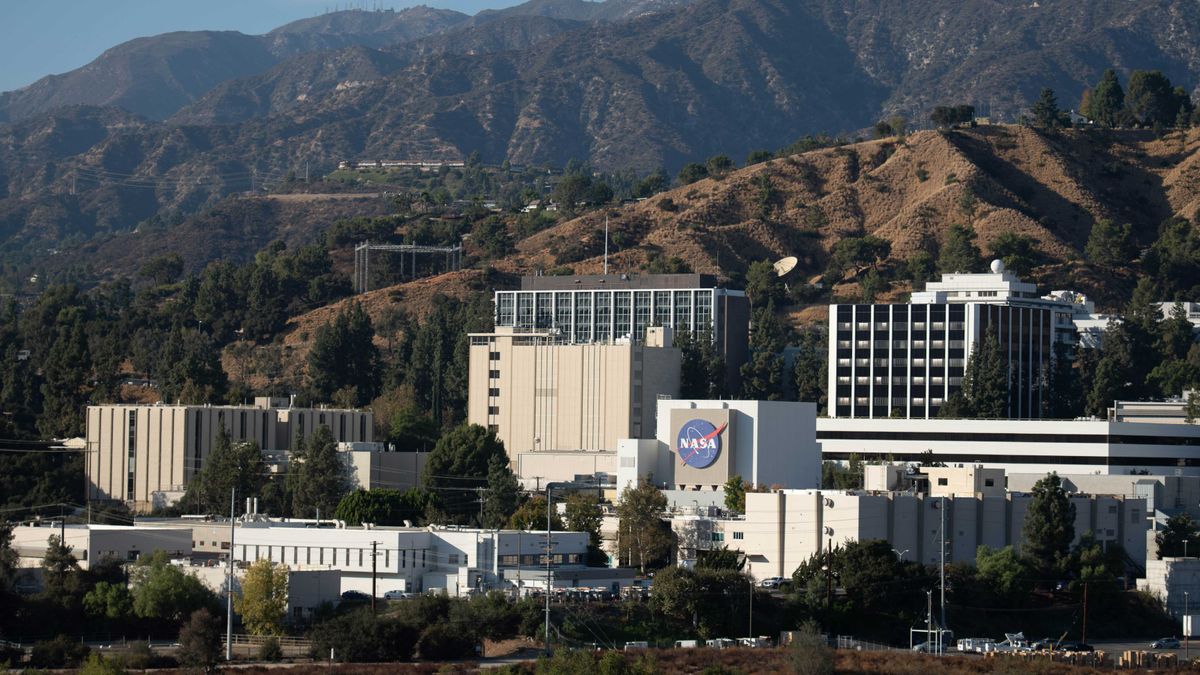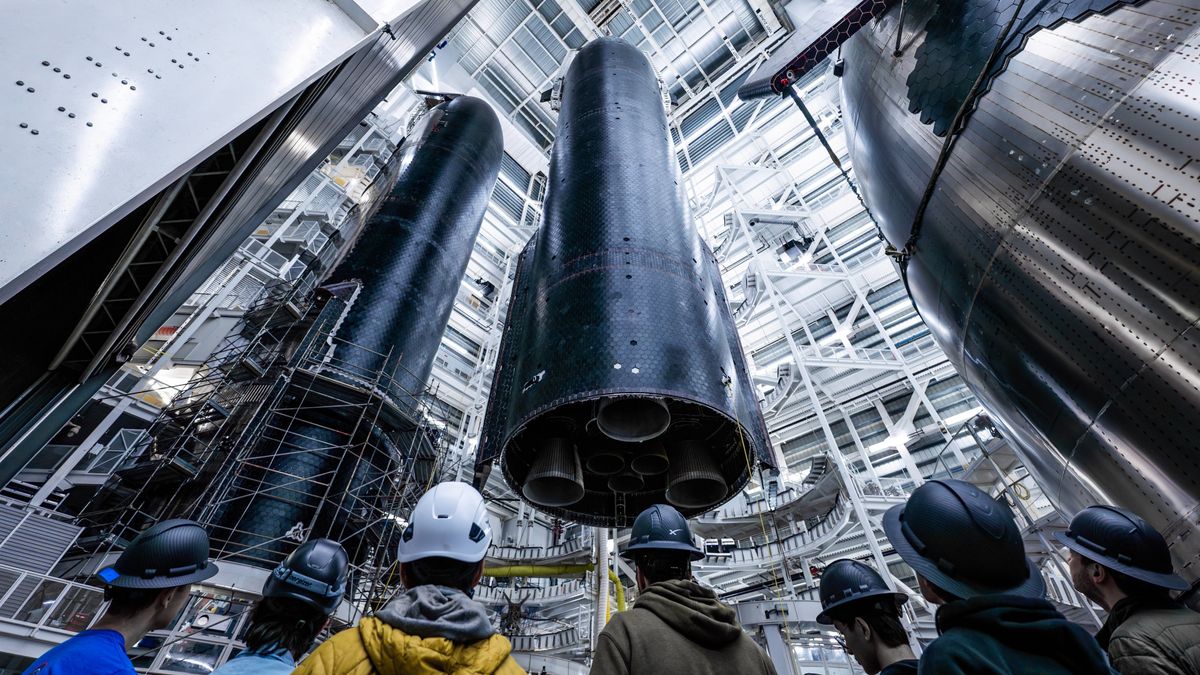
In the summer of 1831, people across the Northern Hemisphere experienced bizarre and unsettling phenomena: the sun appeared blue, purple, and even green, and temperatures dropped dramatically during what should have been the warmest months of the year. Reports described “desolate weather” and winters that seemed to extend into summer, creating a chilling atmosphere both literally and figuratively. For nearly two centuries, the cause of this extraordinary event remained a mystery. Now, scientists have traced the eruption to a remote volcano on Simushir Island in the Kuril Islands.
This remarkable discovery, published in PNAS (Proceedings of the National Academy of Sciences), sheds light on one of history’s most enigmatic climate events. The findings highlight the far-reaching impact of volcanic activity and the challenges of predicting future eruptions in remote and poorly monitored regions.
The Forgotten Eruption of 1831
The 1831 eruption was a cataclysmic event that ejected enormous amounts of sulfur into the atmosphere, cooling the Northern Hemisphere by an average of 1.8 degrees Fahrenheit (1 degree Celsius). This dramatic cooling disrupted weather patterns and agricultural cycles, leading to global food shortages and social unrest.
The eruption’s impact was documented by observers across Europe. German composer Felix Mendelssohn described the weather as “as cold as winter” while traveling through the Alps during the summer. The sun’s surreal colors, caused by light scattering in the volcanic aerosols, added to the eerie atmosphere.
Yet, despite its widespread effects, the source of the eruption remained elusive. “Eighteen thirty-one is a relatively recent period of time, but we had no idea this volcano was responsible [for the dramatic eruption],” said Dr. William Hutchison, a volcanologist at the University of St Andrews. “It was completely off the radar.”
Tracing the Eruption to Simushir Island
To uncover the eruption’s origins, scientists analyzed ash deposits preserved in polar ice cores from Greenland. These cores act as a historical record of atmospheric changes, capturing traces of volcanic eruptions over millennia. The chemical composition of the ash pointed to volcanos in Japan and nearby islands, but Japan was quickly ruled out due to its dense population and detailed volcanic records.
This led researchers to the Kuril Islands, a remote and sparsely inhabited volcanic chain between Russia and Japan. There, the team identified a match between the ash in the ice cores and deposits from the Zavaritskii volcano on Simushir Island.
“This was a ‘Eureka’ moment,” Hutchison said, comparing the discovery to matching fingerprints at a crime scene. “It was really a terrific day—one of the best days I’ve ever had in the lab.”
Simushir Island’s remoteness likely explains why the eruption went unrecorded at the time. The Kuril Islands are often shrouded in dense fog, and the region’s sparse population meant few, if any, witnesses to the event.
A Climate-Changing Event
The eruption of Zavaritskii volcano was more than a geological event; it was a climate-altering catastrophe. The massive amounts of sulfur dioxide released into the atmosphere formed sulfate aerosols, which reflected sunlight back into space and caused significant cooling.
“We know with large volcanic eruptions like this one that when you get cooling, you get changes to rainfall, you get changes to crop yield,” Hutchison explained. “And that has a knock-on effect that there’s simply not enough food for people to eat.”
The cooling effects were felt across the globe. In India and Japan, disrupted monsoon patterns and shorter growing seasons led to devastating famines. Europe, too, experienced agricultural failures and economic hardships.
Lessons for the Future
The discovery of the Zavaritskii eruption underscores the challenges of monitoring volcanic activity in remote areas. Despite advances in technology, most of the world’s volcanos remain unmonitored, leaving humanity vulnerable to unexpected eruptions with global consequences.
“If this eruption were to happen today, I don’t think we’d be much better off than we were in 1831,” Hutchison admitted. “It just shows how difficult it will be to predict when and where the next big climate-changing eruption will come from.”
The lack of monitoring infrastructure in regions like the Kuril Islands highlights the need for increased investment in volcanic surveillance. Satellite technology, real-time atmospheric monitoring, and international collaboration will be crucial for identifying potential threats before they occur.
Why This Discovery Matters
The identification of the Zavaritskii volcano as the source of the 1831 eruption is a reminder of the immense power of natural forces and their ability to shape human history. By studying past eruptions, scientists can better understand the relationship between volcanic activity and climate change, offering valuable insights for predicting and mitigating future events.
This discovery also highlights the importance of interdisciplinary research, combining geology, atmospheric science, and historical records to piece together the puzzle of Earth’s dynamic systems. It is a testament to the enduring mystery and majesty of our planet’s volcanic activity—and a warning of the challenges yet to come.
Got a reaction? Share your thoughts in the comments
Enjoyed this article? Subscribe to our free newsletter for engaging stories, exclusive content, and the latest news.








Leave a Comment